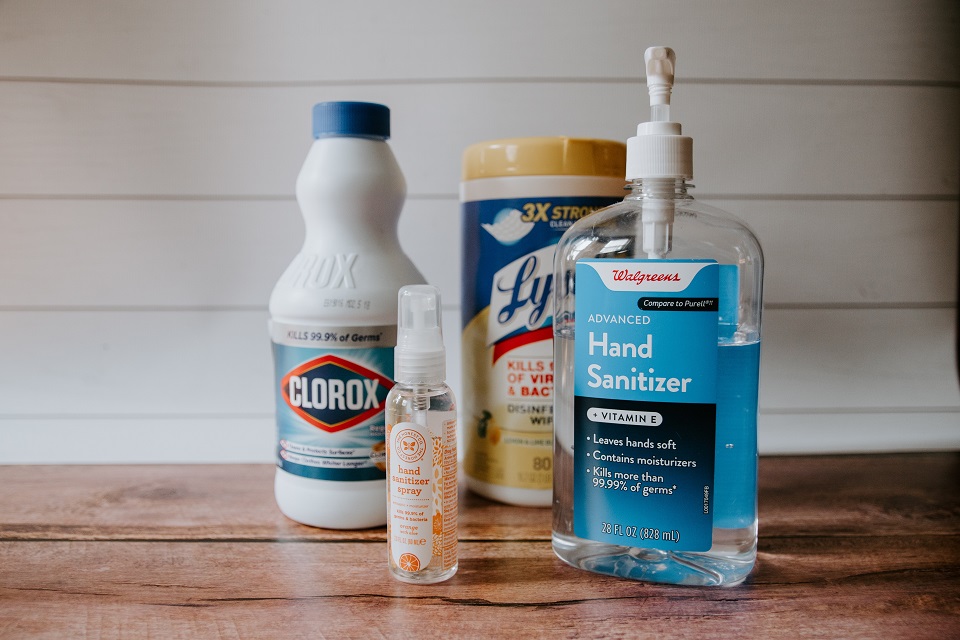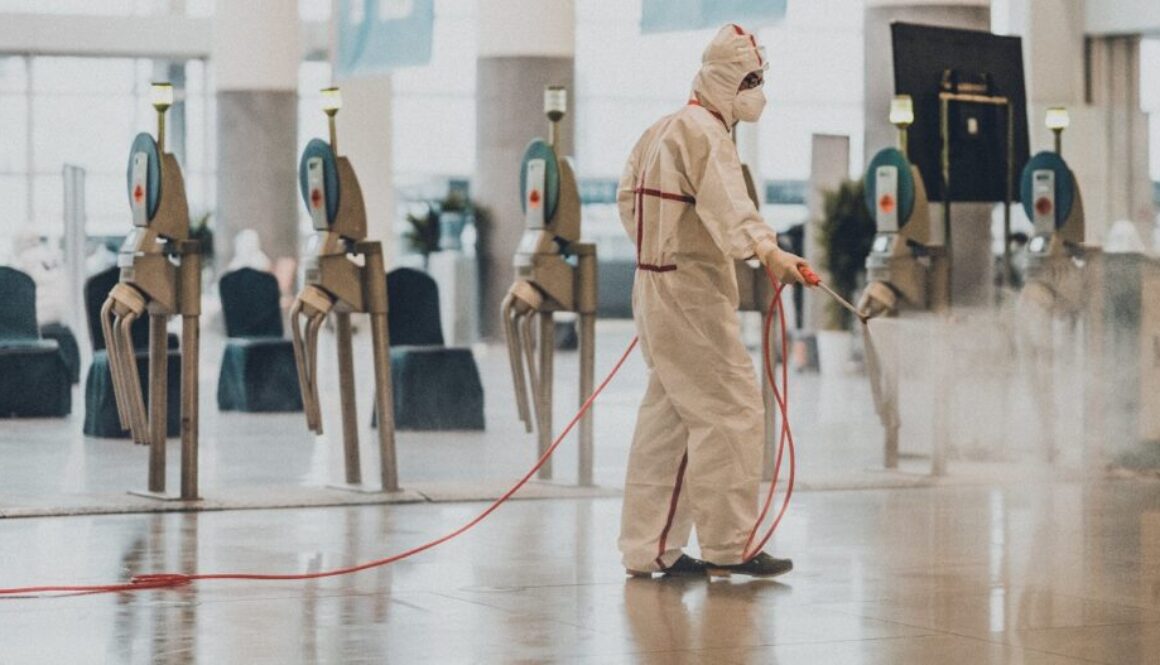What’s the difference between cleaning, sanitizing and disinfecting
As we are all trying to protect ourselves from this pandemic caused by sars-ncov-2 virus that caused COVID-19, let’s review the difference between cleaning, sanitizing and disinfecting.
The whole purpose of this article is to understand how to remove germs from a space. By germs, we mean bacteria, viruses, fungi and parasites. Though all of these are very different in their biological constitution, yet harmful to humans, removing them from your space is very important.
Cleaning
The purpose of cleaning is to remove dirt, stains, allergens soil and chemical residues from the surfaces we want clean.
At the most basic level, using water and wiping it out would already provide some level of cleaning. Adding soap in the water will increase the number of particles to be removed from the surface.
Nevertheless, a clean surface doesn’t mean it is sanitized, nor disinfected. As germs are invisible, you might not see them but they are still able to cause harm to you and families.
For an other level of protection, you might want to sanitize your space.

Sanitizing
Sanitizing is the process to reduce the number of micro-organisms (germs) to a safe level for humans.
This is usually done with the help of soap.
When using soap and rinse it with clean water and wiped with a cloth, most of the germs are being removed from the surface.
An other way to sanitize your space is through the use of dry steam. High temperature water vapor projected on the surface will create heat that will kill the micro-organisms.
Though most of them are removed or killed, some might remain in the surface.
To ensure maximum safety for yourself and loved ones, you should disinfect your space.
Disinfecting
Now that a surface has been cleaned and sanitized, it is time to kill all micro-organism.
The process of disinfection involves chemicals that will eliminate germs in your surface.
There are so many of them that can be used such as bleach, Lysol, alcohol and hospital grade disinfectant.
Each one of them has a different curing time that must be taken into account. Some of them are harmful to humans or the environment. Others might damage the surface to be cleaned.
For instance using bleach on fabrics will definitely damage it.
The choice of your disinfectant should be well thought of.
There are other methods to disinfect such as fogging.
Sterilizing
The goal of sterilizing is to reduce the amount of germs to zero. It’s usually done in laboratories with the help of an autoclave to sterilize instruments. The autoclave steams water within its tank for a longer time (e.g. 30 minutes). This will kill every microbe present on the items being sterilized.
An other way to sterilize is with the use of Ultraviolet lights. Please click the following to know more about our UV light treatment.
Clean X’s way to clean, sanitize and disinfect your space.
Our cleaning service will take into consideration the type of surface that needs to be cleaned, sanitized or disinfected.
For instance, for bathroom fixture, we will use a mix of steam and bleach to reach the level of a thorough disinfection.
For kitchen, we will use a detergent and a hospital grade disinfectant to get rid of all germs.
For a desk, we will wipe and remove dirt and stains from the surface. To achieve a disinfection level, we will use our hospital grade disinfectant to kill all micro-organisms.
For furniture that involves fabrics such as a mattress or a sofa. Our best tool to sanitize them is by shampooing, steaming and vacuuming the furniture. Not only it removes the germs but it will make it like new with a pleasant smell.
We are providing a professional cleaning service in Angeles, Clark, Pampanga Philippines. Contact us now for a free quotation or if you have any question.
Don’t forget to check our wide variety of cleaning services and in particular our Disinfection Service.
Book now!
Don’t wait further anymore, book our deep cleaning service now, just one click away:



